This post is part 2 of our continuing series on Dr. Juliette Paul's English 4300 class and their research on an early American manuscript in Special Collections.
by Mackenna Arends and Zack Schwartz
The Lucubrator is an early American manuscript comprised of a collection of essays written by a James Noyes, as the decorated title page tells us. As a class, we have had the opportunity to study this manuscript held in our Special Collections and Rare Books Library and to become the first readers to transcribe the manuscript to prepare it for digitization. Upon reading and analyzing the essays, we have found that the manuscript is quite mysterious because, while the author shares useful knowledge and insights on various subjects such as the discovery of the planet Uranus, the moral dangers of learning to dance, and the virtues of patriotism, we cannot be certain of the identity of James Noyes himself.
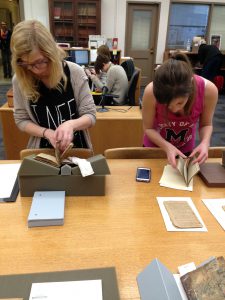
Searching for information on James Noyes led us to multiple candidates for the manuscript’s authorship. After perusing several databases and conducting research, we have found three possible authors: James Noyes of Stonington, Connecticut (1723–1806), Lieutenant James Noyes of Atkinson, New Hampshire (1745–1831), and the young author, James Noyes (1778-1799), who also resided in Atkinson during the same period.
James Noyes of Stonington (1723–1806) was the son of John (1685-1751) and Mary (née Gallup) Noyes (1695-1736), as well as the descendant of the Reverend James Noyes (1608-1656), the founder of Newbury, Massachusetts. Noyes’s great grandfather, the Reverend James Noyes, moved to Stonington after its residents asked the governors of Massachusetts Bay Colony to send them a minister. This James Noyes became pastor of the First Congregational Church of Stonington in 1664, a position later occupied by his son, James (1685-1751), who became one of the first trustees of Yale College, later known as Yale University. Examining a partial genealogy of Reverend James Noyes’s family reveals that his great grandson, James, would have been alive when the manuscript was written (Noyes, Noyes' Genealogy 9). In 1794, James Noyes was 71 years old, so he would have been at an age at which writing the essays in the fair hand of the manuscript was still possible. This James Noyes lived in Stonington, but other than his age and the town in which he lived, little about him is known. Still, the occupation of James Noyes’s grandfathers as learned clergymen suggests that he, too, might have been preoccupied with the subjects discussed in The Lucubrator, such as education, morality, and religion.
The next James Noyes who is a candidate for the manuscript’s authorship is a Lieutenant James Noyes of Atkinson, New Hampshire (1745–1831). Noyes was a soldier in the American Revolutionary War who finished building a family homestead in Atkinson in 1794, the year of The Lucubrator’s first dated entry. Noyes would have been 49 years old when he wrote the manuscript. Perhaps at that point in his life, he began to write reflections on his society as he saw his community changing around him. Having served in the Revolutionary War and having lived to see a new country rise around him, Lt. Noyes could have decided to record all the changes and his thoughts on them. The manuscript may be a diary or a commonplace book used by Noyes to keep his thoughts as private or as public as he wanted. Additionally, the manuscript mentions the opening of a dancing school in the town of the author’s residence, and there appears to be proof that one dancing master, Nathan Allen, started a school in Portsmouth, near Atkinson, before 1799 (Van Winkle Keller 17). This information leaves open the possibility that Lt. James Noyes could in fact be the author of The Lucubrator.
Another candidate for The Lucubrator’s authorship is James Noyes of Atkinson (1778-1799). This Noyes lived to be only twenty-one years old. At the age of eleven, he was crippled “by wading in a brook near his home,” an explanation that suggests he was a victim of polio (Noyes, Genealogical Record 390). After the incident, Noyes was “confined to the house and to the use of crutches” until his death. Nevertheless, he made several major accomplishments in his short lifetime. In 1794, at just sixteen years old, Noyes published an almanac entitled The New Hampshire and Massachusetts Almanac, which is made up of calendars marking the phases of the moon and maps of New Hampshire and Massachusetts towns. In 1797 he also published a 128-page book entitled The Federal Arithmetic, which for the first time included multiplication tables and other mathematical rules and examples. In The Lucubrator’s essay entitled “The Dancing School,” the author writes that a person should know “reading, writing, and arithmetic.” Arithmetic is important to the author of The Lucubrator as well as James Noyes of Atkinson, hinting that they may be the same person.
This James Noyes also wrote an almanac entitled An Astronomical Diary or Almanack, for the Year of Christian Aera, which was published in New Hampshire in 1797. The Lucubrator includes an essay, “On The Planets Being Inhabited Worlds,” in which the author discusses the planets and astronomy. We can assume the author has an interest in astronomy so it is very possible that he was the same James Noyes who wrote the astronomical diary. The federal arithmetic and two almanacs were all published in New Hampshire, increasing the likelihood that they were authored by the same person: a writer who may have written The Lucubrator as well.
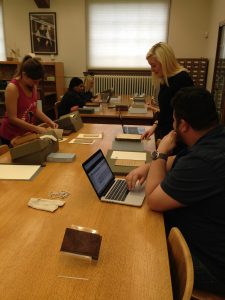
Although we may never know for certain who wrote The Lucubrator, evidence suggests that James Noyes of Atkinson, the almanac and arithmetic book writer, is the most likely candidate. By researching the lives of multiple James Noyeses, we learned more about early American authorship than we would have if we were just writing about it. Through primary sources, we can compile evidence of things we want to know about literary history. Our experience has given us a deeper appreciation for the research tools and digital books that our library provides.
Works Cited
Barnum, Louise Noyes. Atkinson: Then and Now. Atkinson Historical Society, 1976.
Noyes, Henry E. and Harriette E. Noyes. Genealogical Record of Some of the Noyes Descendants of James, Nicholas, and Peter Noyes. Vol. 1. Boston: 1904.
Noyes, Horatio N. Noyes' Genealogy. Record of a Branch of the Descendants of Rev. James Noyes, Newbury, 1634-1656. Cleveland: 1889.
Van Winkle Keller, Kate. Early American Dance and Music: John Griffiths, Eighteenth- Century Itinerant Dancing Master. Sandy Hook: Hendrickson, 1989.
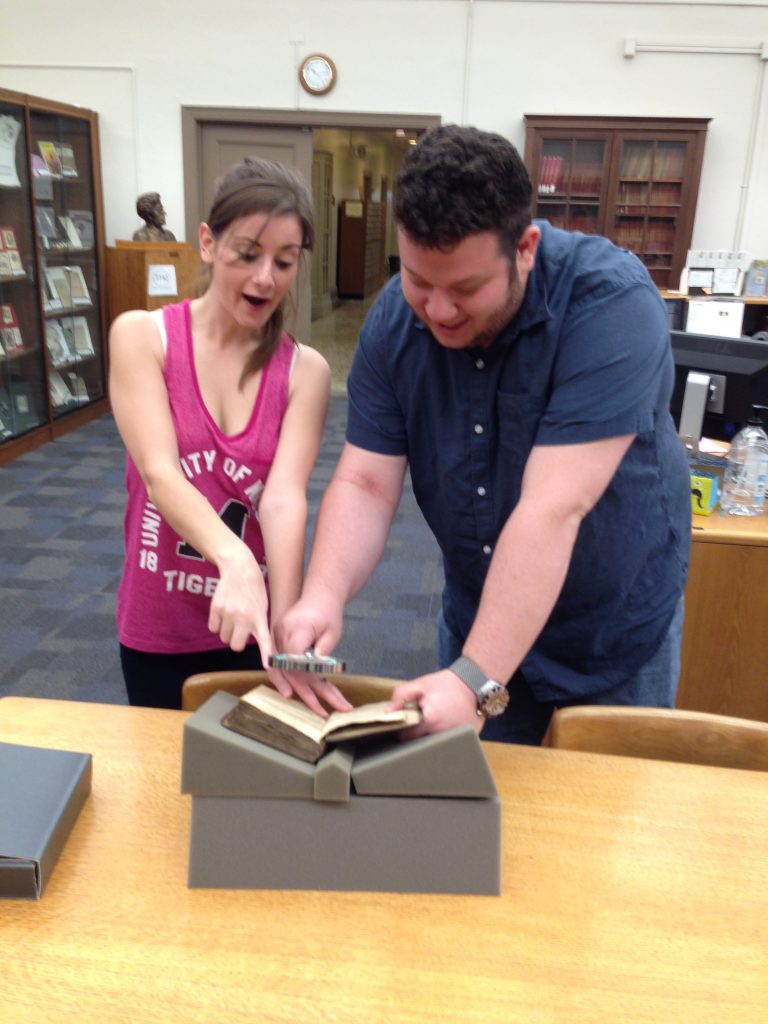
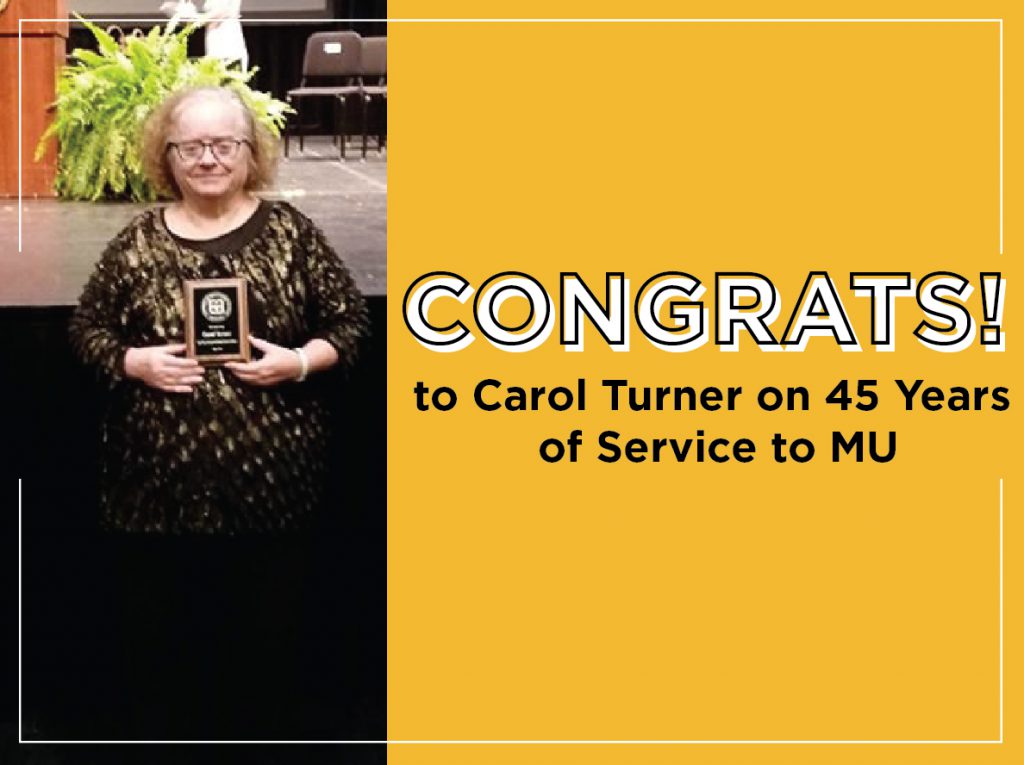

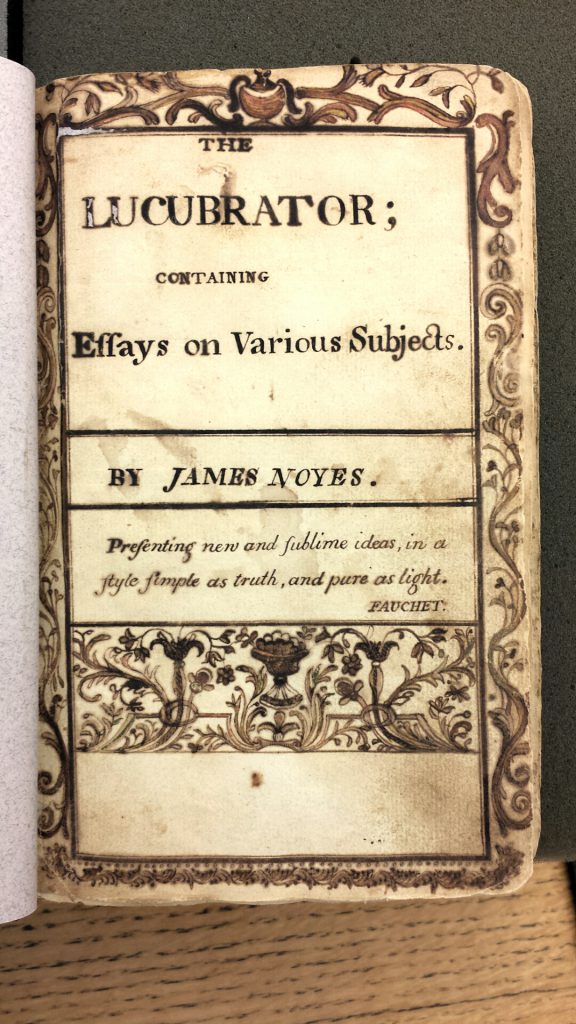
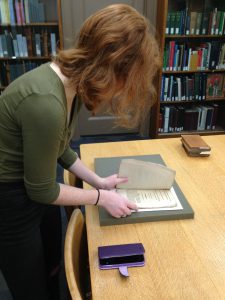 People often forget about the multitude of manuscripts that are forever lost, which is why discovering one previously unknown seems all the more incredible. Unearthing a mysterious manuscript entitled The Lucubrator (1794-97) is exactly what our class did this semester (English 4300, Spring 2016). As we studied early American literature, it made sense for us to examine the strange, little-known manuscript held in our Special Collections and Rare Books Library. Filled with essays illustrating the culture of the early United States, The Lucubrator seems to belong to the literature we studied. We believe the manuscript was once owned by James Noyes (1778-99), a young, patriotic, and accomplished New England writer whose name appears on the title page.
People often forget about the multitude of manuscripts that are forever lost, which is why discovering one previously unknown seems all the more incredible. Unearthing a mysterious manuscript entitled The Lucubrator (1794-97) is exactly what our class did this semester (English 4300, Spring 2016). As we studied early American literature, it made sense for us to examine the strange, little-known manuscript held in our Special Collections and Rare Books Library. Filled with essays illustrating the culture of the early United States, The Lucubrator seems to belong to the literature we studied. We believe the manuscript was once owned by James Noyes (1778-99), a young, patriotic, and accomplished New England writer whose name appears on the title page.
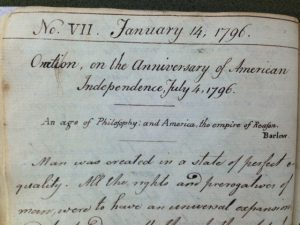

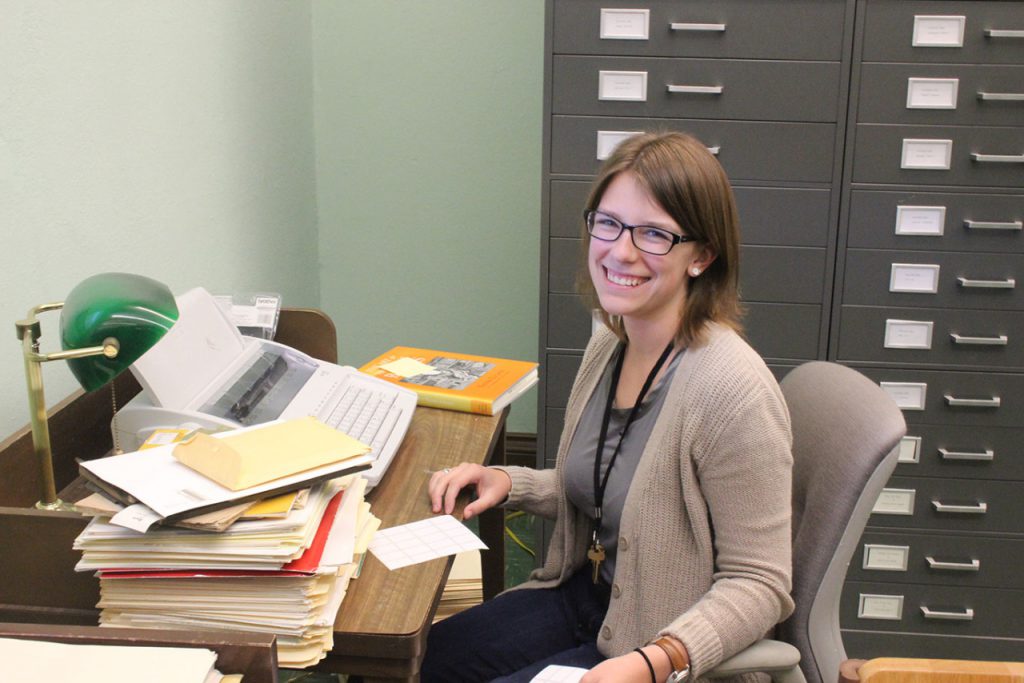
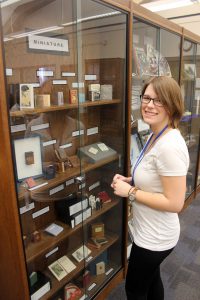 What are your plans after graduation?
What are your plans after graduation? 



